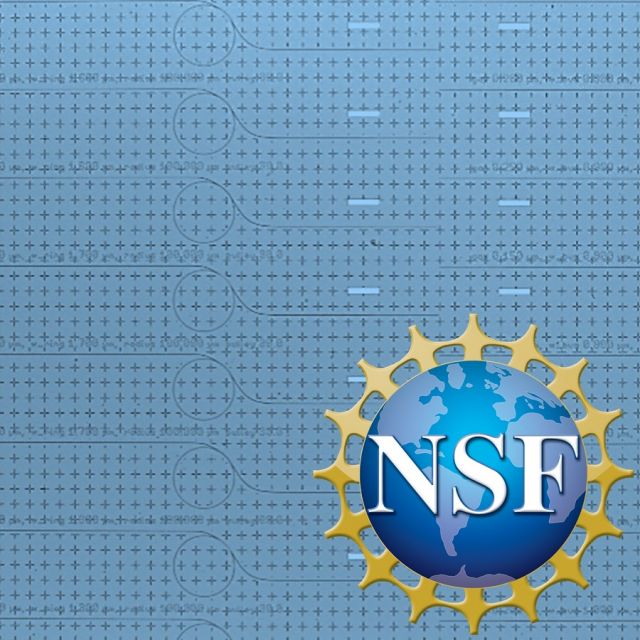Photonic Integration of Site-Controlled Quantum Emitters
We're excited to work on photonic integration of van der Waals quantum emitters, an NSF-funded project

Nontechnical Description: Scientists have been exploring methods for quantum light generation for nearly 50 years, beginning with the isolation of a single atom emitting individual photons at a time. Quantum light is an essential resource for both fundamental scientific research and emerging quantum technologies, including secure communications, information processing, and precision metrology. It is now possible to create individual atom-like emitters in solid-state atomically thin materials, known as two-dimensional materials, by introducing individual defects in the material structure. By irradiating a defect with a laser pulse, single photons are emitted from the defect one-at-a-time and on demand. This project seeks to demonstrate that it is also possible to precisely engineer the material defect properties for the generation of on-demand photon pairs that are entangled. The research also integrates the materials with chip-scale silicon photonic devices that confine the light to extremely small volume to enhance the light emission efficiency. Ultimately, this research provides significant insight into how to control the properties of atomically thin materials and devices for efficient quantum light generation for new applications in quantum information. This project provides valuable training opportunities for scientists and engineers in materials processing and assembly, photonic device fabrication, and quantum measurements, as well as community engagement through hands-on short courses in quantum mechanics for high-school students and summer workshops introducing young students to atomically thin materials.
Technical Description: The integration of quantum light sources capable of producing single and entangled photons on demand in silicon-based photonics would enable practical and scalable quantum technologies with low size, weight, power, and cost; however, due to the lack of suitable sources in silicon photonics, new device concepts are needed. The recent discovery of single-photon emitters in atomically thin van der Waals materials provides a promising new direction to address this need. These materials have unique advantages for integrated photonics in that they can be easily transferred to various material platforms and they host defect states that serve as bright sources of single and correlated photons, but entangled-photon pair generation has not yet been demonstrated. The first objective of this project is to utilize strain and particle irradiation to engineer site-controlled single quantum emitters in monolayer semiconductors that are capable of producing entangled-photon pairs on demand, which will be characterized with quantum optical metrology techniques. The second objective is to enhance the emission brightness and entanglement quality through integration with photonic waveguides and resonators using dry-transfer techniques. This research will advance our understanding of both the fundamental properties of quantum light generation in atomically thin materials as well as their potential impact on quantum technologies, filling a long-sought need for scalable, on-demand quantum light sources compatible with silicon-based photonics.